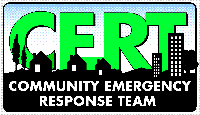Washington County has a very high risk of wildfire-higher than 98% of counties in the US.
What can I do before there is threat of Wildfire?
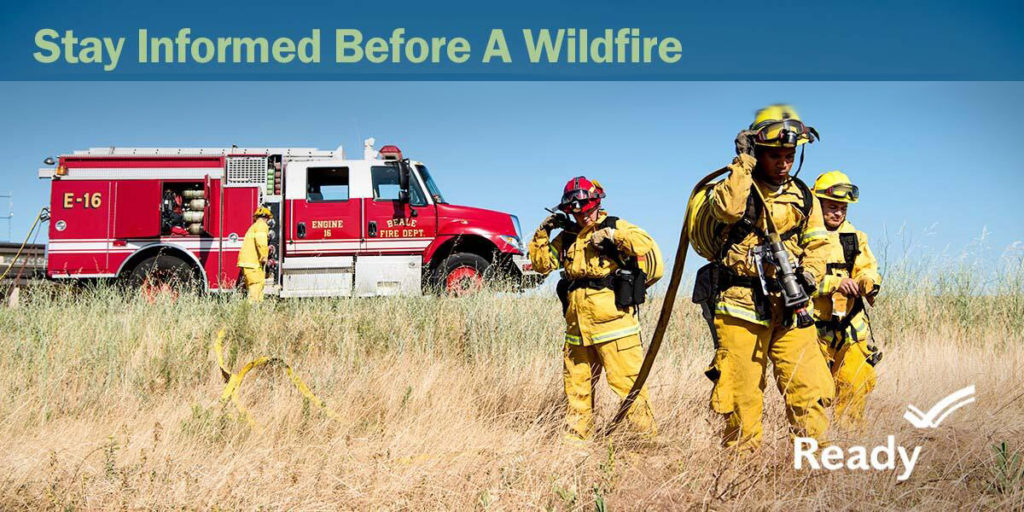
Receiving timely information about weather conditions or other emergency events can make all the difference in knowing when to take action to be safe.
- Monitor the weather reports provided by your local news radio and TV stations.
- Sign up for local emergency notifications for your community to receive either text message or email alerts.
- Always have extra batteries for a battery-operated radio and your cell phone.
Make your home Ignition-resistant; most homes lost in a wildfire are ignited by a small flame or embers.
Mitigation projects, also known as in-kind hours, done at home or property can be used to support your community’s local participation commitment. You can report them here: Community Fire Planning

The first Home Ignition Zone (HIZ) is 0-5 feet around your home or to the property line. This zone includes the structure itself, any deck/patio/balcony or other outside entertaining space that butts up to the structure of your home.
- Remove weeds, brush, and other invasive vegetation & debris. Use non-combustible rock mulch instead of standard mulch.
- Trim grass and flowers to 4 inches or less in height. Trim back touching or overhanging tree branches to at least 10 feet from your home.
- Move combustible material away from your home. Firewood and other combustibles should be stored farther from your home.
Prevent Ignitions, almost half of the wildfires in Utah are human caused.
What should I do under threat of Wildfire?
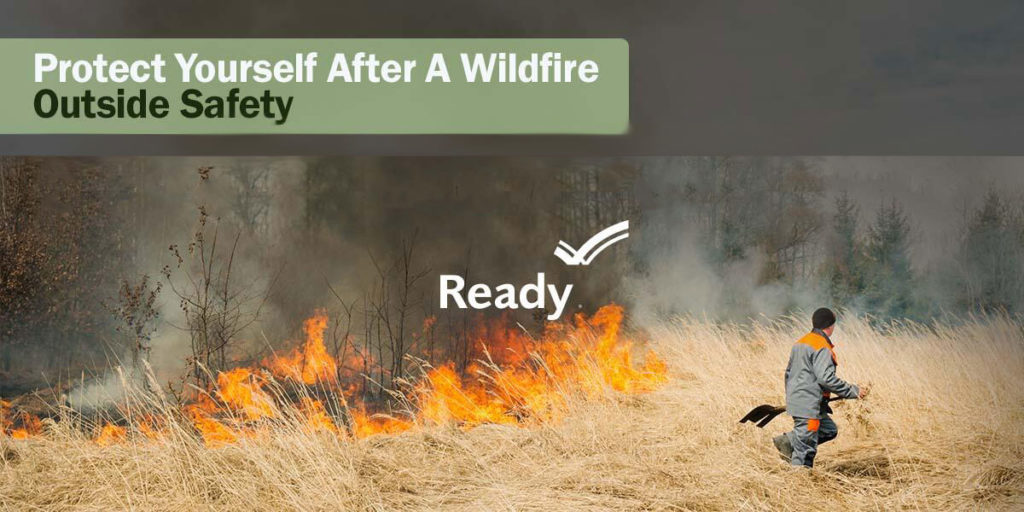
- Look out for power poles that may be unstable due to the fire. Stay away from downed power lines and report them to 911 or the power company’s emergency number.
- Watch for hazards on the ground. Ash pits, charred trees, smoldering debris, and live embers, and mark them for safety.
- Check the roof and gutters. If possible, wet them down to completely put out any smoldering sparks or embers.
Be Smoke Ready; wildfire smoke can pose a serious health risk.
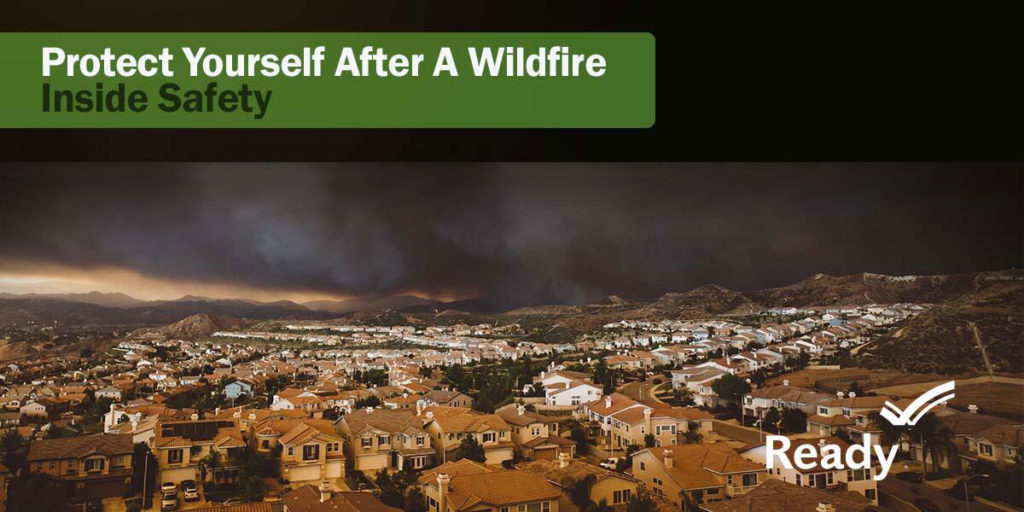
- Use caution when entering burned areas. Hazards may still exist, including hot spots that can ignite or trees that can fall without warning.
- Be careful: avoid walking on smoldering surfaces. The ground may contain heat pockets that can cause severe injury or spark another fire.
- Check the attic. If you see smoke or fire, get out of the house and call 911.
- Wear protective gear. Leather gloves and thick-soled shoes.
Evacuation & Readiness
Sign up for emergency notifications before an incident occurs — 911register.com
https://wildfirerisk.org/reduce-risk/evacuation-readiness/
What should I do after threat of Wildfire has passed?
Recovery & Rebuilding; recovering from a wildfire can take months-years.
